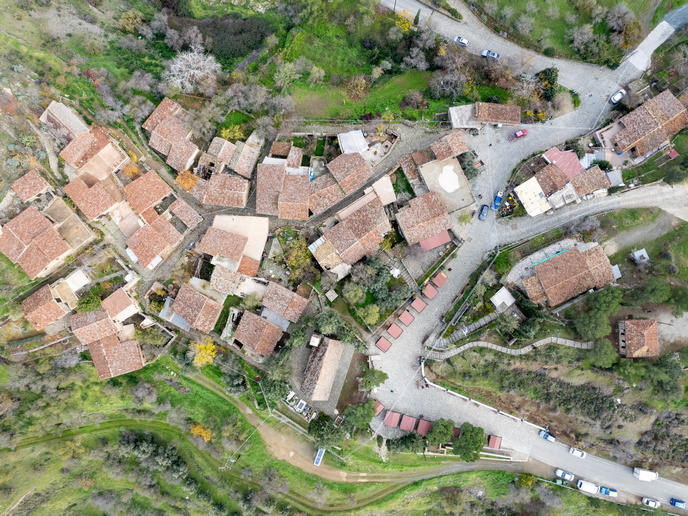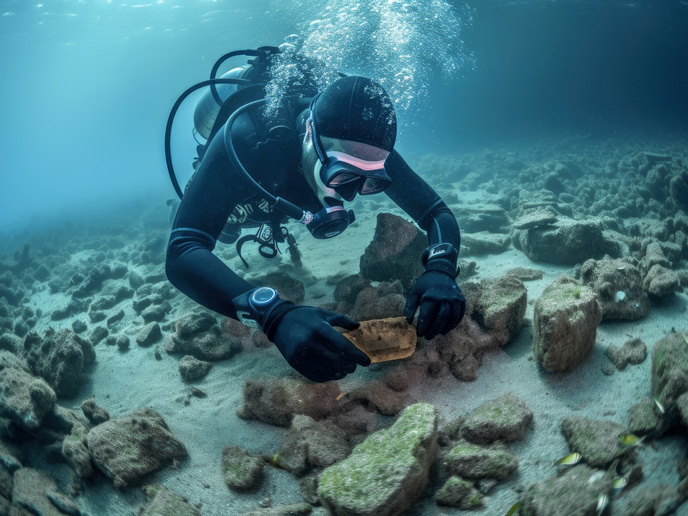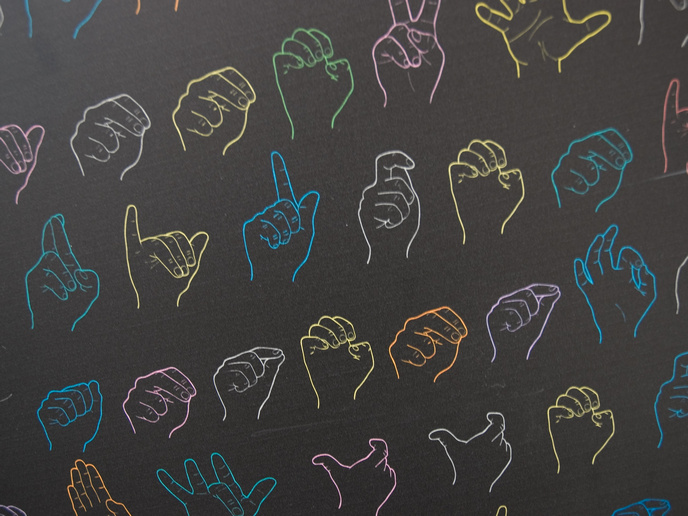Making swimming pools and water parks safer
Every year in Europe, 37 000 people drown in swimming pools, and another 236 000 suffer non-fatal injuries. As many of these incidents can be attributed to unsafe pools, the EU took action. According to new regulations, all tour operators, hotels and travel agents are legally obligated to prove that their swimming pool infrastructure satisfies public safety requirements. To help swimming pool owners and operators meet these new regulatory requirements, the EU-funded SafeWaterpark project has developed tools for performing full safety assessments and efficiently certifying public pool facilities. “Nearly 90 % of all pools have safety risks, which is simply catastrophic and completely unacceptable,” says Michael Spönlein, founder, CEO, and project coordinator of SafeWaterpark(opens in new window). “By providing the digital methods and testing tools needed to conduct quality inspections, we are helping improve the safety of pools and water parks around the world.”
Always developing new services
The inspiration behind the project was a realisation that many of the safety management solutions currently available to pools were ineffective, too expensive, and often not located near the facilities. There was also a significant lack of awareness about the dangers of public swimming pools. That is why SafeWaterpark developed a portfolio of consulting and testing services, including: on-site inspections, risk analysis and assessments, material testing, supplier audits, and final acceptance of infrastructure (i.e. diving boards, water slides, wave pools, etc.). All these services adhere to both EU and US standards. “We provide these services not as a testing or standards institute, but as a partner who advises, assists and contributes to our clients' safety success,” explains Spönlein. “We start every project with a preliminary meeting, where we determine our customer’s needs and, based on this, create a tailored solution.” To further improve its safety offering, SafeWaterpark is constantly developing new services and solutions. For example, it is currently working on a crowd-based safety analysis application. Called Pool-Reporter, the app lets tour operators and the general public review pools and flag potential safety issues. Researchers are also utilising data monitoring and machine learning technology to develop automated sensors. Once complete, this system will automatically collect safety data, perform real-time monitoring, and trigger preventative safety inspections. In addition to these new digital tools, SafeWaterpark is working to increase public awareness about pool safety via public relations and a social media campaign.
Let’s fight accident statistics!
In just 4 years, SafeWaterpark has already verified 10 000 pool installations across the EU. This includes Rulantica(opens in new window), one of the largest water parks in the world, in which SafeWaterpark served as a security partner during the construction phase. As SafeWaterpark continues to grow, it plans to add 50 direct jobs and over 200 indirect jobs. The company expects to see its turnover exceed EUR 20 million by 2025. “Through our unique technological developments, we will continue to expand our services worldwide and potentially reduce the number of pool-related accidents,” says Spönlein. “At the same time, thanks to our awareness-raising efforts, we are also ensuring that guests become safety advocates themselves.”







